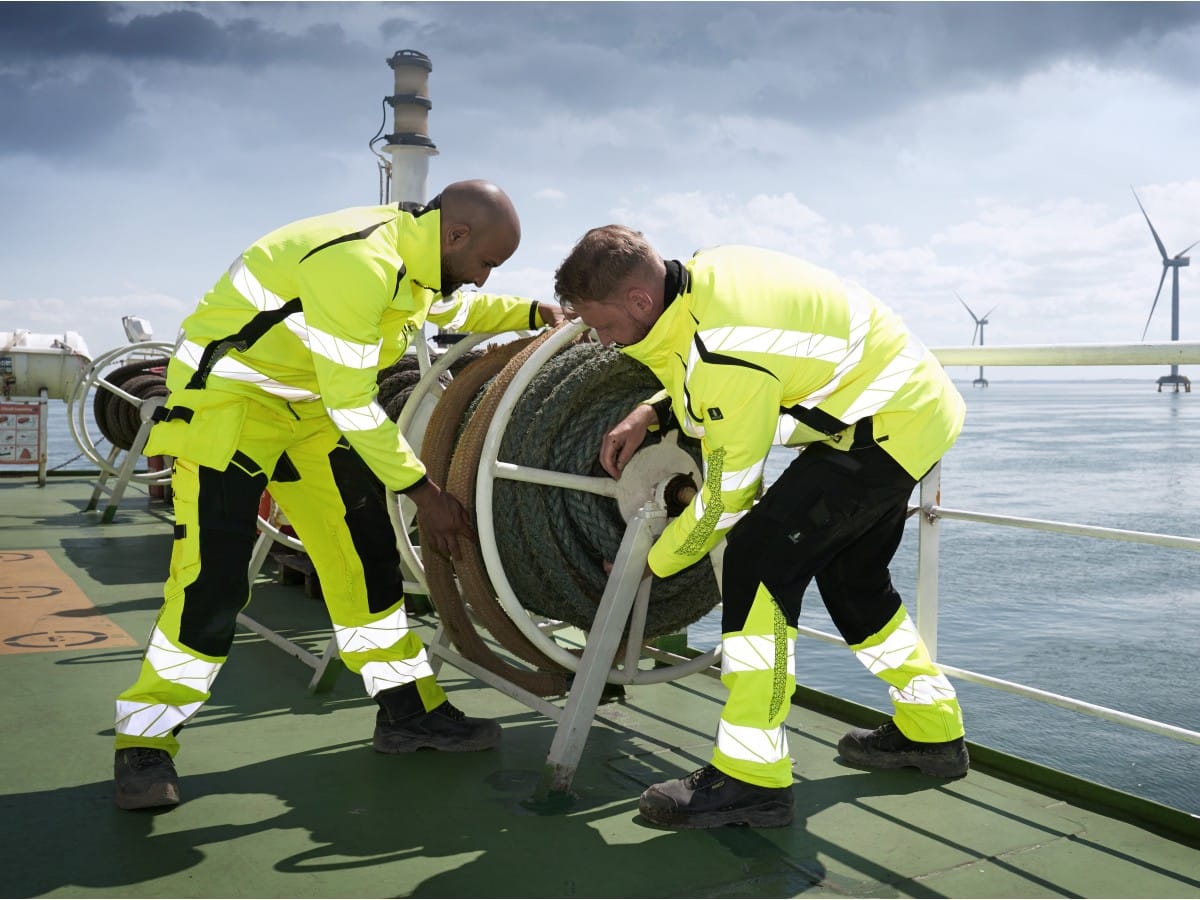
When you’re sourcing PPE from international suppliers, quality control isn’t something you can afford to overlook. A single batch of subpar gloves or helmets can result in expensive recalls, safety violations, and lost trust from clients. I’ve seen buyers from across Africa, the Middle East, and South America suffer from poor-quality PPE because they skipped the inspection process or trusted certificates without verifying.
The truth is, quality inspections are essential to protect both your business and your clients. But the good news is: it’s not complicated. With the right knowledge and tools, you can spot potential issues early, avoid costly mistakes, and keep your customers safe.
In this guide, we’ll walk through real-world buyer case studies and best practices for conducting PPE quality inspections—from small orders to bulk shipments.
Quality inspections ensure PPE meets the required standards and specifications. Buyers should request third-party inspections, verify product samples, and set clear inspection criteria. Inspect for compliance with safety regulations, comfort, durability, and packaging.
Why PPE Quality Inspections Matter
1. Preventing Safety Hazards
- Why it matters: PPE is meant to protect workers. If it doesn’t meet safety standards, it puts people at risk.
- Example: A Brazilian distributor received non-compliant gloves without EN 388 certification. Workers later reported burns due to poor chemical resistance, resulting in product recall.
- Tip: Always verify certifications and test samples before placing large orders.
2. Avoiding Costly Returns and Replacements
- Why it matters: Poor quality can lead to returns, exchanges, and reputation damage. A single batch of bad boots or helmets can cost more than the profit made on the entire order.
- Example: A Middle Eastern buyer once received a shipment of helmets with cracked straps. After inspecting, they rejected 40% of the batch, incurring a $10,000 loss in shipping and restocking costs.
- Tip: Request samples before ordering bulk quantities, and inspect for design flaws.
3. Protecting Your Brand Reputation
- Why it matters: Selling substandard PPE can harm your reputation, leading to lost clients, tender rejections, and lower sales.
- Example: A Kenyan supplier sold faulty safety vests that failed visibility tests. Local authorities banned their products, and the supplier faced serious backlash.
- Tip: Establish a reliable quality inspection process for all new suppliers.
4. Ensuring Compliance with Local Standards
- Why it matters: Each market may have different standards for PPE—what’s compliant in one country may not be in another.
- Example: A South African buyer imported gloves that were EN 420 compliant but failed to meet local SANS standards, resulting in customs rejection and delays.
- Tip: Research local standards for each target market and ensure compliance with them.
Key Quality Control Steps for PPE Inspections
1. Request Pre-Shipment Samples
- Why it matters: Checking product samples gives you a first-hand look at quality before committing to a large order.
- Example: A Nigerian buyer requested samples of high-visibility jackets before committing to 10,000 units. The sample was lightweight and breathable, meeting their needs perfectly.
- Tip: Always inspect samples for materials, fit, and functionality to avoid future issues.
2. Verify Certifications
- Why it matters: Certificates can be forged, or outdated; verifying them directly with the issuing authority is a critical step.
- Example: An importer in Chile found that a supplier had submitted fake CE certificates. Verifying with the official body helped them avoid a legal nightmare.
- Tip: Use online certification verification systems to cross-check details.
3. Third-Party Inspection
- Why it matters: Having an independent party inspect the products before they leave the factory ensures objective assessments of quality.
- Example: A Middle Eastern buyer used SGS to inspect their PPE shipment. SGS found defective stitching on 30% of gloves, which allowed the buyer to reject the shipment before it arrived.
- Tip: Always use third-party inspectors like SGS, Bureau Veritas, or Intertek for bulk orders.
4. Random Sampling and Testing
- Why it matters: Randomly selecting products from the shipment for testing can help identify issues that might not be visible immediately.
- Example: An African buyer inspected 100 pairs of safety boots from a batch of 10,000. Upon testing, they found that 15% failed the comfort test.
- Tip: Test 10–20% of the shipment to get an accurate picture of overall product quality.
5. Inspect Packaging and Labelling
- Why it matters: Even if the product is compliant, poor packaging and incorrect labeling can cause delays and legal issues.
- Example: A South American buyer received a shipment of helmets with incorrect labeling, delaying their ability to sell them in time for a tender.
- Tip: Ensure that labels and packaging match the product and include the correct certifications.
Real-World Buyer Cases
Case #1 – South African Distributor
Used third-party inspection services for 5,000 pairs of safety boots. Discovered minor stitching issues early, avoiding 6% loss in revenue.Case #2 – UAE PPE Supplier
Insisted on pre-shipment samples for a new line of work gloves. The samples were good quality, leading to a large reorder. No product issues reported during the year.Case #3 – Ghanaian Government Contractor
Ordered safety helmets that failed local standards despite having EN 397 certificates. Rejected the shipment, saving themselves from non-compliance penalties.
Buyer FAQ
Q1: How do I choose a third-party inspection company?
A: Look for an accredited company with experience in PPE. SGS, Bureau Veritas, and Intertek are widely trusted in PPE inspection.
Q2: What should I check in a sample before ordering in bulk?
A: Ensure fit, comfort, material quality, and certification compliance. Always run tests for safety standards before committing.
Q3: How do I deal with a defective batch after it arrives?
A: Contact the supplier immediately, request replacement or refund, and avoid using the defective products. Always document issues for future reference.
Procurement Checklist
- [ ] Request product samples and inspect for materials and functionality
- [ ] Verify all certificates and compliance with local standards
- [ ] Use third-party inspections for bulk orders
- [ ] Randomly test shipments for quality and durability
- [ ] Ensure correct packaging and labeling before shipping
Conclusion
PPE inspections are critical in ensuring that you deliver safe, compliant, and high-quality products to your clients. By requesting pre-shipment samples, verifying certifications, conducting random inspections, and using third-party inspection services, you can avoid costly mistakes and build a solid reputation as a reliable supplier.
📩 Need PPE quality inspection strategies?
Email: [email protected]
🌐 www.workwearsolutions.net
Zion Zhang
Recent Posts
 PPE Distributor Success Stories: From Small Orders to Large Contracts2025年8月20日I’ll never forget the story of a small distributor in […]
PPE Distributor Success Stories: From Small Orders to Large Contracts2025年8月20日I’ll never forget the story of a small distributor in […] How to Build a Strong PPE Sales Channel in Emerging Markets: A Buyer’s Guide2025年8月20日I was in a meeting with a distributor from Lagos, Nigeria, […]
How to Build a Strong PPE Sales Channel in Emerging Markets: A Buyer’s Guide2025年8月20日I was in a meeting with a distributor from Lagos, Nigeria, […]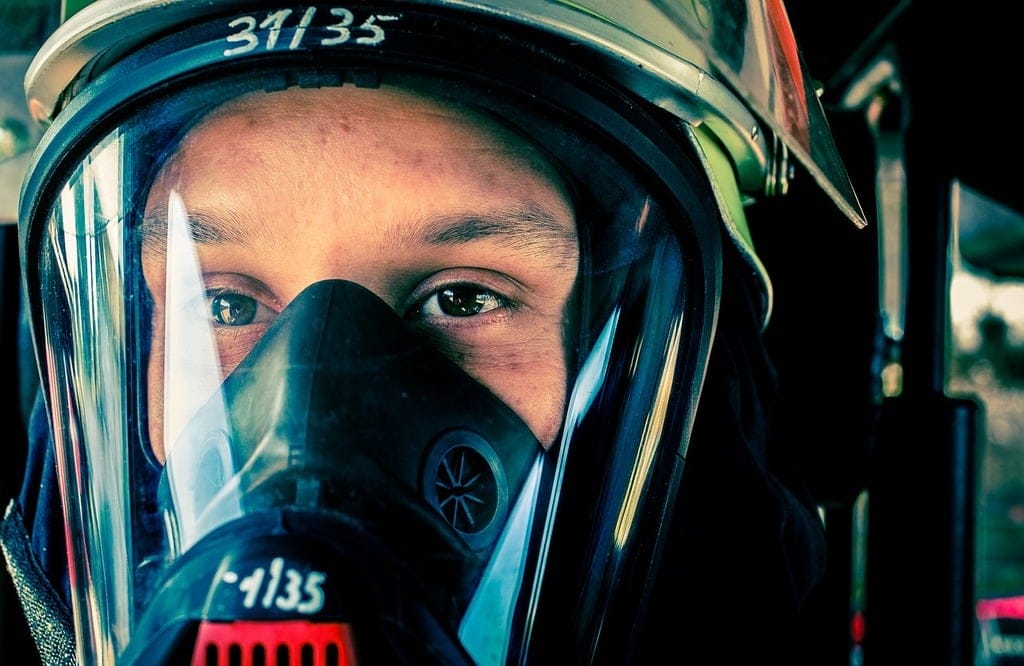 PPE Supplier Risk Management: How to Avoid Supply Chain Failures2025年8月20日One of the most valuable lessons I’ve learned in the PPE […]
PPE Supplier Risk Management: How to Avoid Supply Chain Failures2025年8月20日One of the most valuable lessons I’ve learned in the PPE […]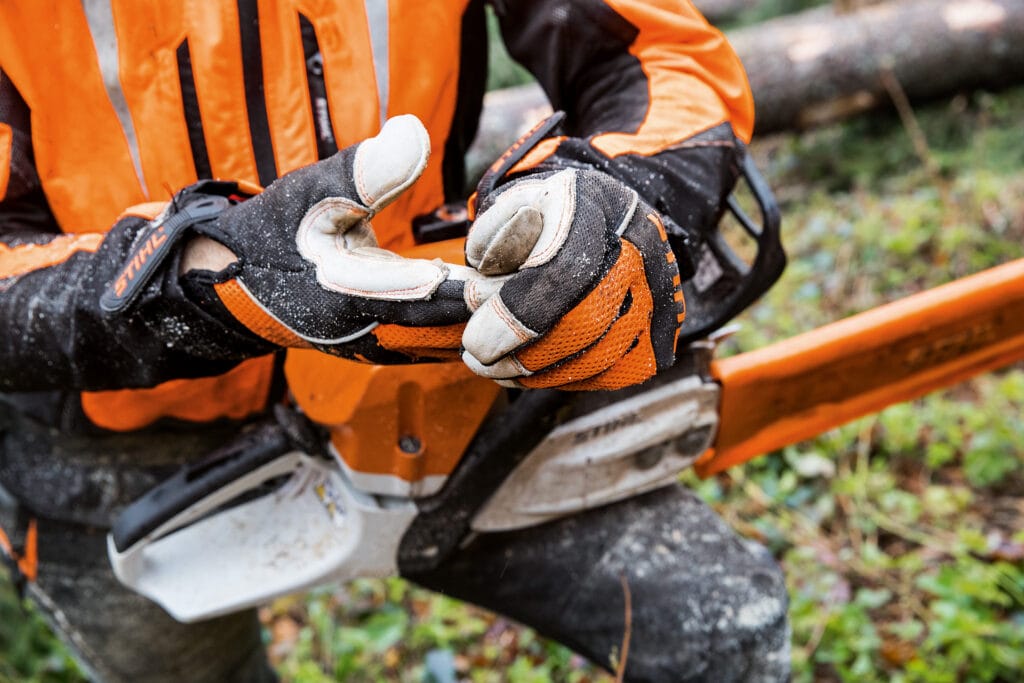 PPE Negotiation Tactics for Emerging Markets: A Buyer’s Guide2025年8月20日When I first started working in the PPE industry, I learned […]
PPE Negotiation Tactics for Emerging Markets: A Buyer’s Guide2025年8月20日When I first started working in the PPE industry, I learned […]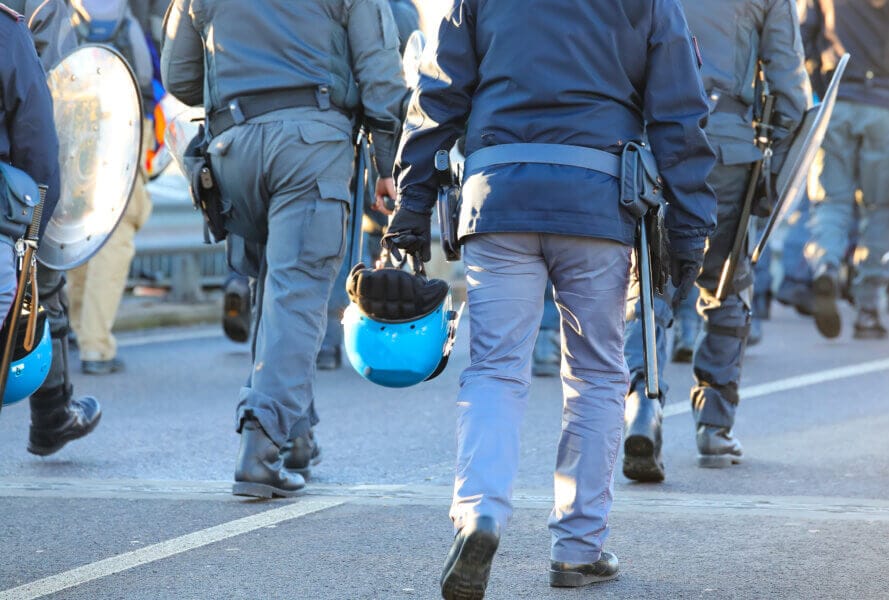 Customizing Workwear & PPE for Local Markets: A Practical Guide2025年8月20日When I first started working in the PPE industry, I saw a […]
Customizing Workwear & PPE for Local Markets: A Practical Guide2025年8月20日When I first started working in the PPE industry, I saw a […]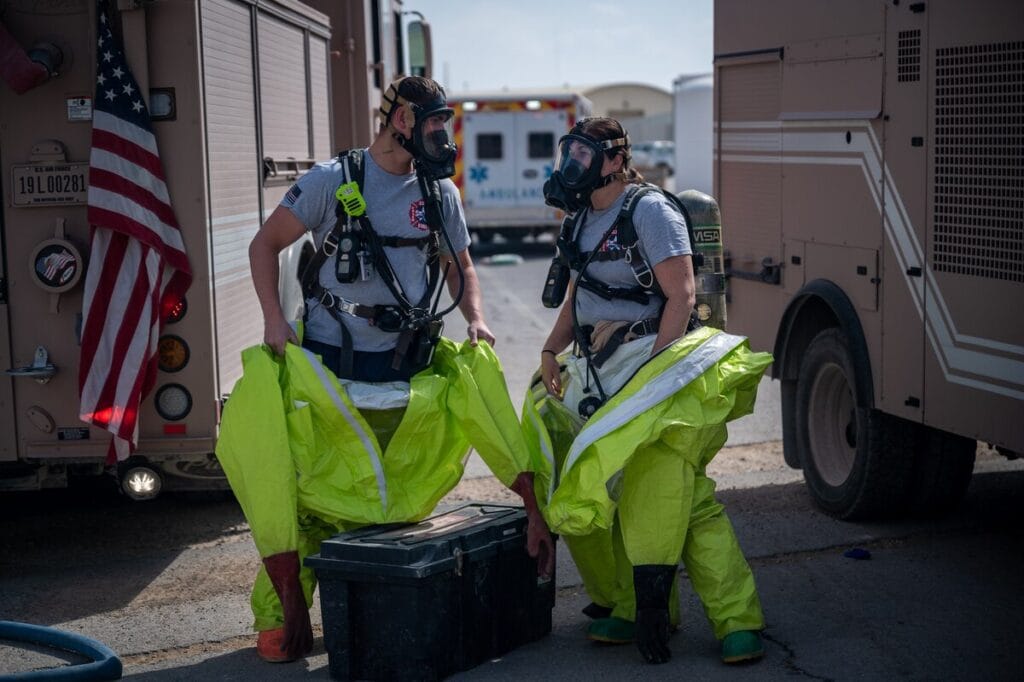 Avoiding Fake Certificates & Compliance Delays: A Buyer’s Guide for Emerging Markets2025年8月20日I remember a trade fair in Cairo where a buyer was showing […]
Avoiding Fake Certificates & Compliance Delays: A Buyer’s Guide for Emerging Markets2025年8月20日I remember a trade fair in Cairo where a buyer was showing […]
CONTACT US
- Feel free to contact us any time. We will get back to you as soon as we can!
- +86-17330061805
